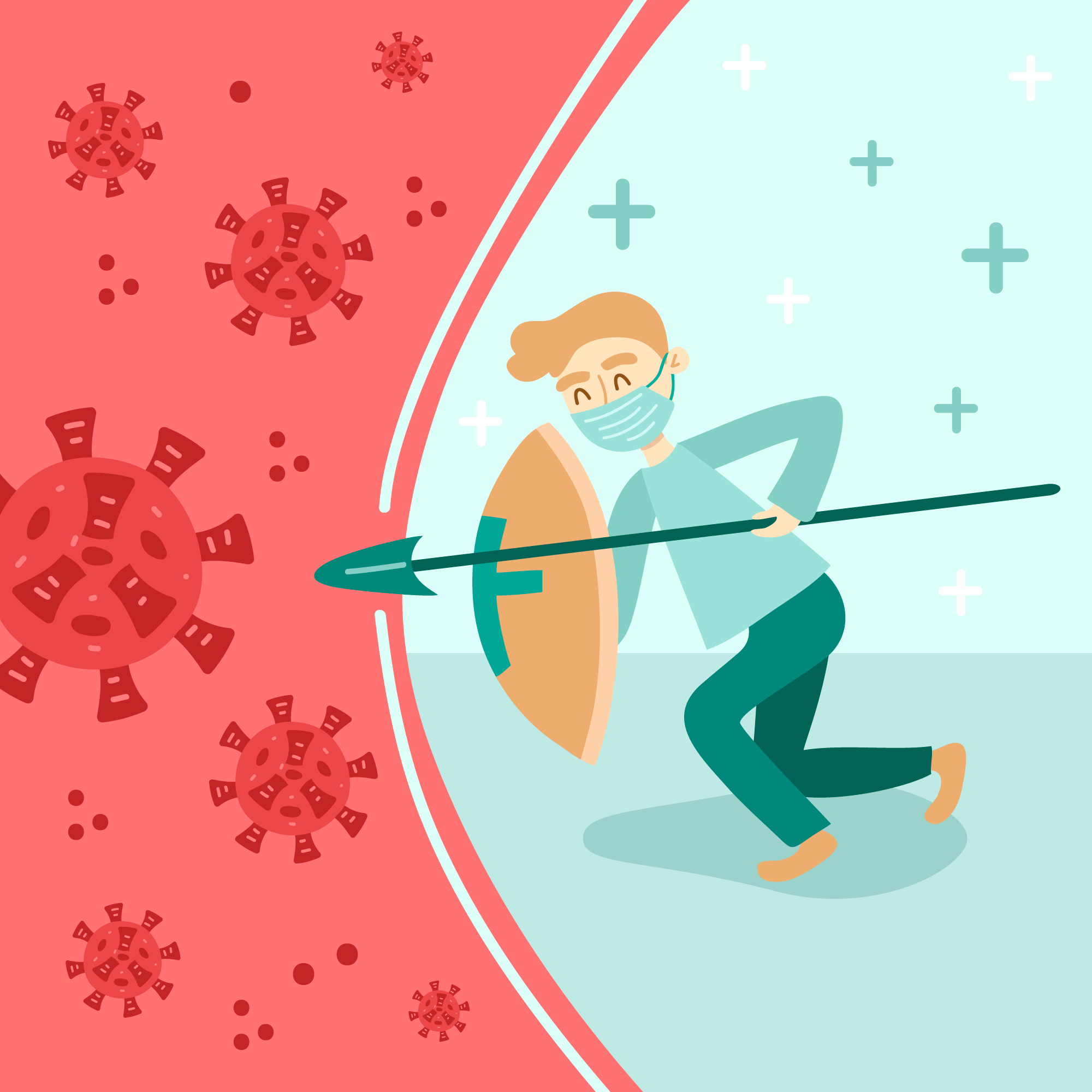Industrial environments often pose unique health risks due to exposure to chemicals, repetitive physical labor, noise, dust, and other hazardous conditions. Timely recognition of occupational diseases in industrial settings is crucial—not just for safeguarding workers’ health, but also for reducing downtime, medical costs, and legal liabilities for employers.
In this post, we’ll walk through how to spot the early warning signs of occupational diseases and what steps to take to ensure safety and compliance.
What Are Occupational Diseases?
Occupational diseases are illnesses or conditions caused primarily by exposure to risk factors arising from work activity. These conditions can develop slowly over time and may be difficult to identify without awareness of their symptoms and causes.
Common examples include:
- Respiratory diseases (e.g., silicosis, asbestosis)
- Skin conditions (e.g., dermatitis, eczema)
- Hearing loss
- Musculoskeletal disorders
- Poisoning or chronic exposure to toxins
Why Early Detection Matters
Early detection of occupational diseases in industrial settings can:
- Prevent irreversible health damage
- Reduce long-term treatment costs
- Help comply with workplace safety regulations
- Improve worker morale and productivity
Delays in diagnosis can lead to chronic health issues and costly workplace incidents.
Key Early Warning Signs to Watch For
Here are some of the most common early warning signs that may indicate an occupational disease:
1. Persistent Cough or Shortness of Breath
Employees working around dust, fumes, or chemicals may experience ongoing respiratory issues—often the first sign of a developing lung condition.
2. Unexplained Skin Rashes or Irritation
Skin exposure to irritants or allergens can lead to contact dermatitis or more serious skin conditions.
3. Muscle or Joint Pain
Repetitive tasks, heavy lifting, or poor ergonomics can cause musculoskeletal disorders. Pain in the hands, wrists, back, or shoulders should not be ignored.
4. Fatigue and Headaches
Chronic fatigue, dizziness, or frequent headaches may result from exposure to hazardous substances like solvents, heavy metals, or carbon monoxide.
5. Hearing Problems
Ringing in the ears or difficulty hearing can signal early stages of noise-induced hearing loss—a common issue in industrial environments.
Proactive Steps for Employers and Workers
To minimize the risks of occupational diseases in industrial settings, both employers and workers should take the following steps:
- Regular Health Screenings: Encourage periodic medical check-ups and occupational health assessments.
- Proper PPE Use: Ensure employees use the correct personal protective equipment (PPE) for their specific tasks.
- Workplace Training: Educate employees on recognizing symptoms and proper safety protocols.
- Hazard Communication: Maintain clear labeling and documentation of hazardous materials.
- Ergonomic Improvements: Regularly evaluate and optimize workplace ergonomics to prevent repetitive strain injuries.
Conclusion
Recognizing early warning signs of occupational diseases in industrial settings can make the difference between manageable health issues and long-term, debilitating conditions. Employers and employees must work together to foster a safe and health-conscious workplace. Prevention, awareness, and early action are key to ensuring a healthier industrial workforce.


